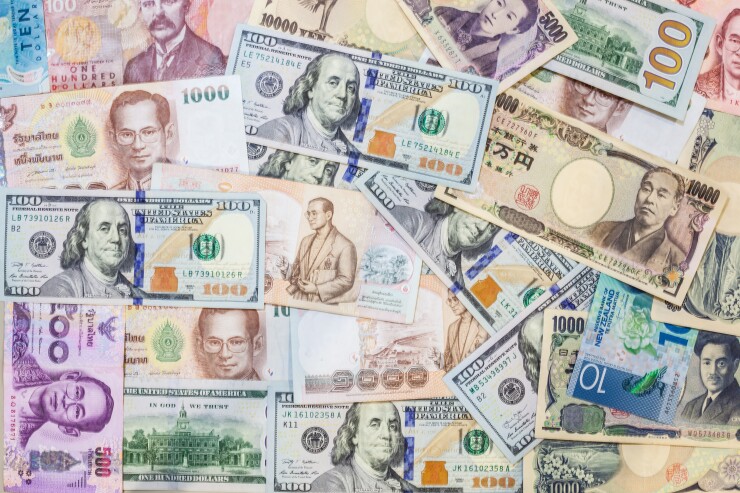
For millions of families in emerging markets,
Remittances should be a source of empowerment, but the reality is far from it. Transaction fees for sending money across borders can exceed
It's not just the fees. Even with the advancement of digital technologies, the speed of remittance transfers remains painfully slow. Many transfers take
The lack of financial inclusion compounds the problem. Globally, about 2.5 billion adults don't use formal financial services, and the vast majority of them —
Modernizing remittances is key to unlocking their potential as an economic tool. It's not just about technology — it's about creating an ecosystem that lowers costs, speeds transactions and improves accessibility.
Policy incentives should encourage remittance providers to adopt low-cost digital channels like blockchain or decentralized finance (DeFi), offering faster and cheaper alternatives to traditional banking. Governments can drive competition and innovation through supportive regulatory frameworks, helping to reduce costs and expand access.
The London neobank, which has applied for a banking charter in California, is working to undercut banks on pricing for consumer payments to Mexico.
Investment in financial infrastructure, especially in underserved areas, is also essential. This includes promoting mobile money adoption, improving internet access in rural regions and ensuring unbanked populations can access services. Governments can partner with fintech companies to create secure, accessible digital payment networks.
Finally,
Modernizing the remittance process is crucial to unlocking its full potential as a tool for economic empowerment. Streamlined, efficient systems can reduce manual labor and minimize errors that often delay or disrupt remittance transfers. For instance, in countries that rely heavily on remittances, like the
Moreover, reducing the costs and inefficiencies in remittances can empower recipients to save and invest more, leading to financial inclusion and long-term economic growth. This would also help create a more equitable financial ecosystem, where everyone — regardless of their geographic location or socioeconomic status — can access the benefits of a globalized economy.
Remittances are far more than just financial transfers. They represent hope, stability, and opportunity for millions of families. But the systems we rely on today are too costly, too slow and too inaccessible for many. Reducing costs, improving access and modernizing the infrastructure ensures that every dollar reaches its destination safely, quickly and affordably. And it's up to governments, financial institutions and tech companies to come together and create solutions that make remittances both affordable and accessible.
This isn't just a question of financial efficiency — it's about equity. It's about making sure that every dollar sent home, whether to a rural village or an urban center, has the maximum impact. With the right policy frameworks, technology solutions, and strategic partnerships, remittances can be transformed from a source of financial vulnerability to a true engine of economic empowerment.






